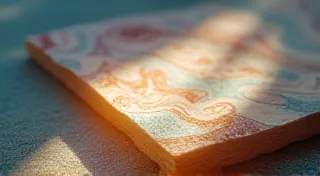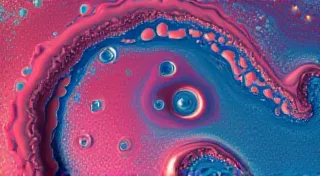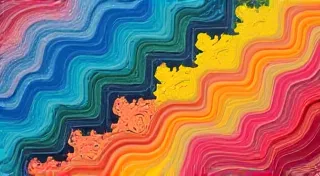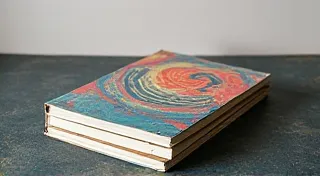Eco-Friendly Paper Marbling: Sustainable Practices and Materials
Paper marbling is a wonderfully creative and meditative art form. But like any craft, it can have an environmental impact. Fortunately, it's entirely possible to practice paper marbling in a way that’s kind to the planet. This guide explores sustainable practices and materials, allowing you to create stunning decorative paper while minimizing your footprint. We’re covering best practices for environmental responsibility.
The Problem with Traditional Paper Marbling Supplies
Traditionally, paper marbling often relies on synthetic dyes, petroleum-based thickeners (like CMC gum), and commercially produced paper. These materials can contribute to pollution and waste. Synthetic dyes often contain chemicals that are harmful to the environment and can be difficult to dispose of properly. Commercial paper production is resource-intensive, requiring significant amounts of water, energy, and chemicals.
Embracing Natural Dyes
One of the most impactful changes you can make is switching to natural dyes. These pigments are derived from plants, insects, and minerals – renewable resources that offer a beautiful range of colors.
Sources of Natural Dyes:
- Plants: Think turmeric (yellow), beetroot (pink/purple), spinach (green), avocado pits/skins (pink/beige), onion skins (yellow/orange), and coffee (brown). Experimentation is key – the color you get will depend on the plant part, concentration, and mordant used.
- Berries: Elderberries, blueberries, and raspberries can provide lovely shades of purple and blue.
- Flowers: Marigolds, hibiscus, and roses offer vibrant hues.
- Other Sources: Walnut hulls (brown), logwood (purple/black), and madder root (red) are also widely used.
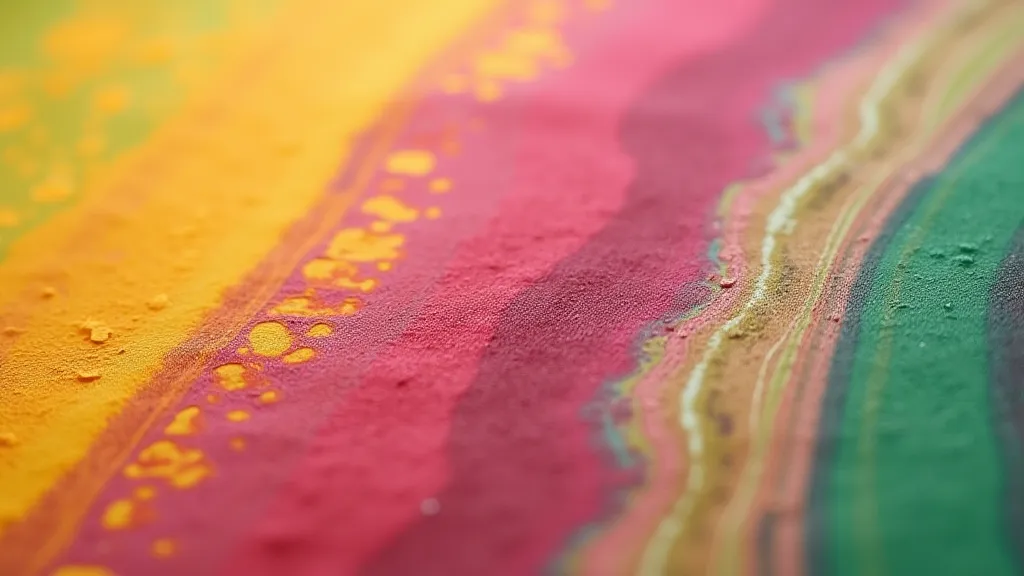
Sustainable Thickening Agents
The carrageenan (Irish moss) and CMC gum are often used to keep dyes suspended on the surface of the marbling bath. Here are some alternative options for sustainable practice:
- Agar-agar: This is a seaweed-based gelling agent, offering a more eco-friendly alternative to CMC gum. It produces a slightly different bath characteristic, needing experimentation.
- Psyllium Husk: A readily available and sustainable thickener.
Choosing Eco-Friendly Paper
The type of paper you use significantly impacts the overall sustainability of your marbling process.
Options for Eco-Friendly Paper:
- Recycled Paper: Look for paper made from 100% post-consumer recycled content.
- Tree-Free Paper: Explore alternatives like cotton paper (made from recycled cotton fibers), bamboo paper, or hemp paper. These require fewer resources to produce.
- Handmade Paper: Supporting local papermakers who use sustainable practices can further reduce your environmental impact.
Reducing Waste in Your Marbling Process
Minimizing waste is crucial for eco-friendly crafting.
- Reuse Bath Water: Depending on the dyes used, you may be able to reuse your marbling bath water for multiple sessions. Dilution and pH adjustments may be necessary.
- Save Leftover Dye: Carefully store any leftover dye solutions for future use.
- Recycle or Compost Scrap Paper: Any paper scraps or mistakes should be recycled or composted.
- Gentle Cleaning: Avoid harsh chemicals when cleaning your equipment. Use mild soap and water whenever possible.
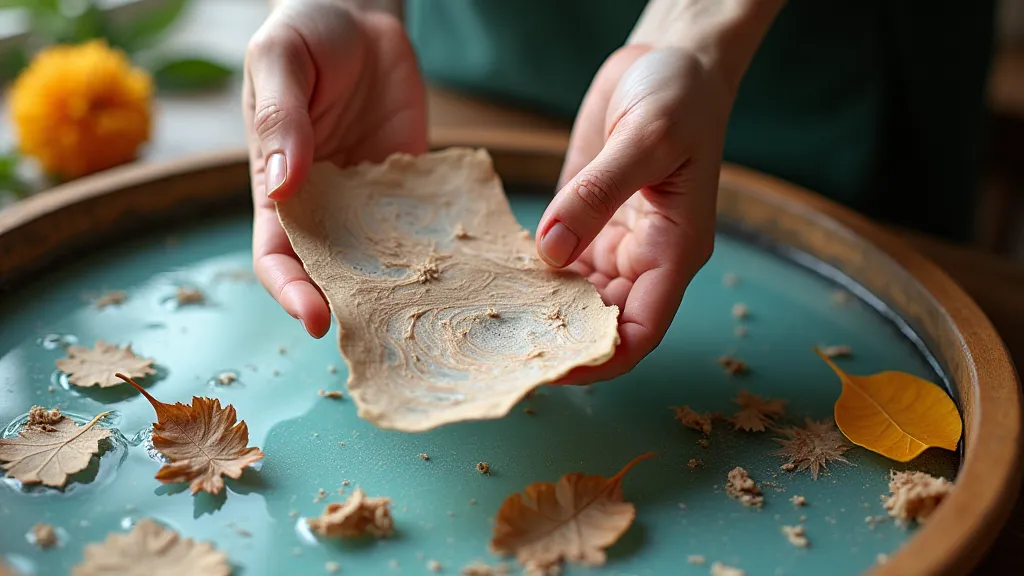
Beyond Materials: Responsible Practices
It’s not just about *what* you use, but *how* you use it.
- Conserve Water: Be mindful of water usage throughout the process.
- Energy Efficiency: Use energy-efficient lighting and equipment.
- Ethical Sourcing: If purchasing natural dyes or paper from suppliers, choose those committed to sustainable and ethical practices.
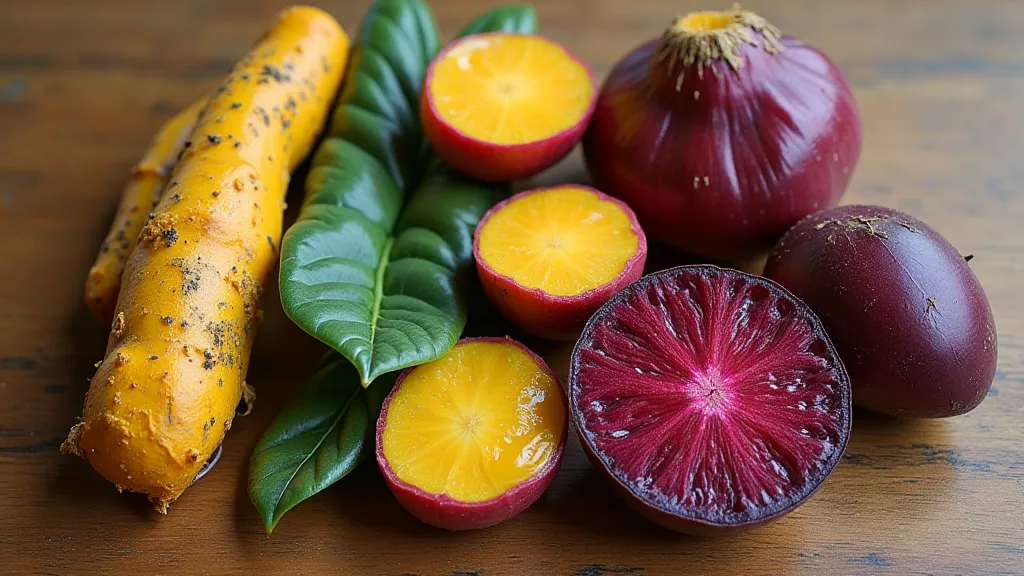
Embrace the Journey
Switching to eco-friendly paper marbling practices may require some experimentation and adaptation. But the rewards – beautiful, unique paper and a clear conscience – are well worth the effort. By choosing sustainable materials and adopting responsible practices, you can continue to enjoy the art of paper marbling while minimizing your impact on the planet.
